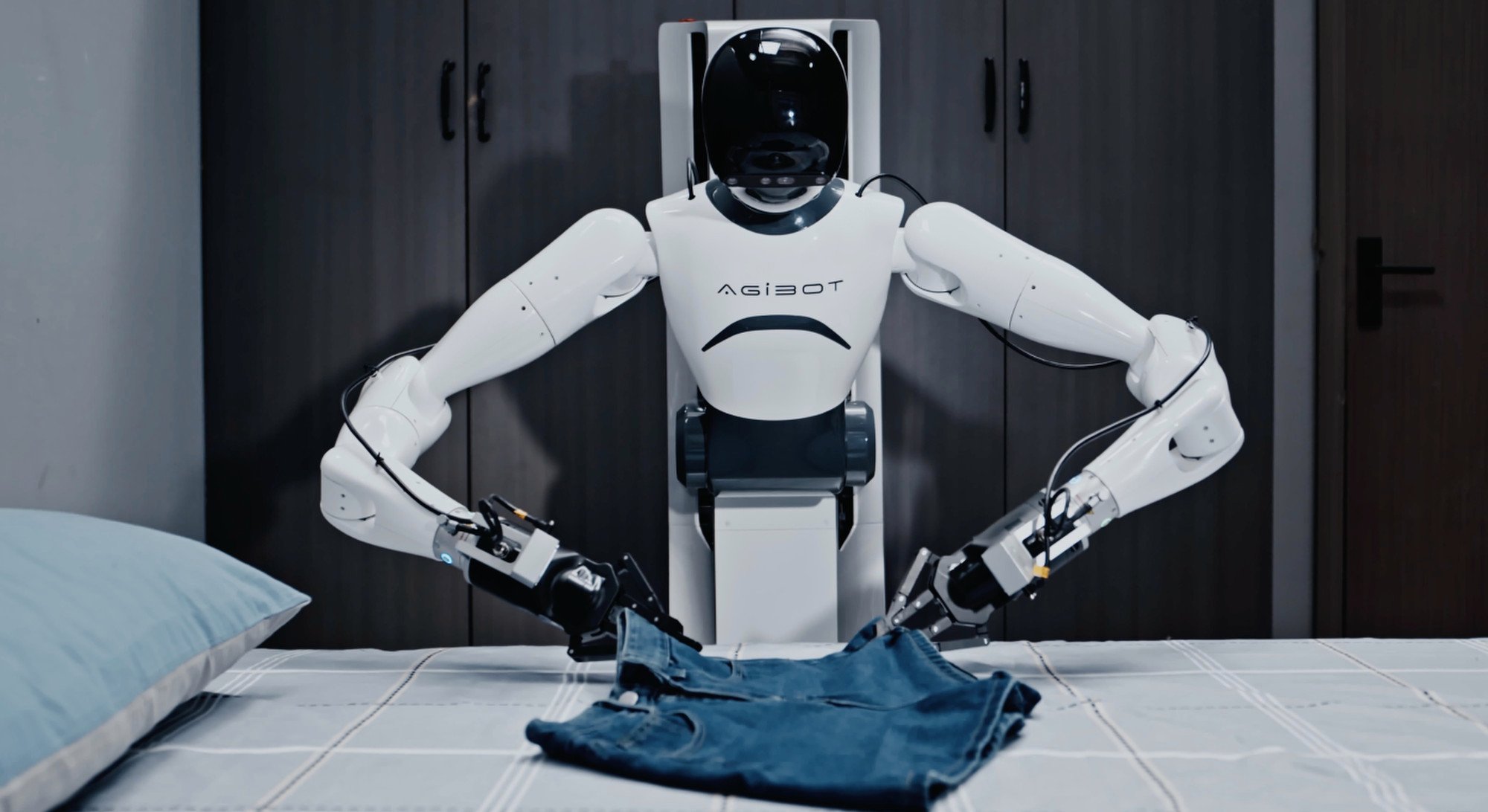The robotics start-up co-founded by former Huawei 'Genius Youth' recruits has an ambitious 5,000-unit production target, far exceeding 2024 output. — SCMP
Agibot, a Shanghai-based robotics start-up co-founded by former Huawei Technologies “Genius Youth” recruits, is targeting production of up to 5,000 robots this year, according to a senior executive, matching Elon Musk’s Optimus plans.
The company, also known as Zhiyuan Robotics, plans to deliver between 3,000 and 5,000 robots this year, a significant increase from the fewer than 1,000 units shipped last year, according to Yao Maoqing, a partner at Agibot and president of the company’s embodied intelligence unit. The production surge reflects the eagerness among Chinese robotics start-ups for expansion amid a domestic boom in the industry.
Industrial robot output in China rose 27% year on year to 91,088 units in January and February, while service robot output increased 36% to 1.5 million units, according to government data.

Founded in 2023, Agibot has risen to become a key player in Shanghai’s robotics sector, with a facility in the Lingang New Area. It plans to open a new plant in Pudong district to increase its production capacity to more than 400 robots per month, according to Yao.
“This year, we aim to deploy new products in industrial scenarios, replacing humans in specific tasks to create tangible customer value,” Yao told the South China Morning Post.
Household adoption of humanoid robots would likely take around five more years, he added.
Agibot was co-founded by Peng Zhihui, a former member of Huawei’s high-profile “Genius Youth” programme that recognises top young talent in China. Peng, along with entrepreneurs such as Wang Xingxing of Unitree Robotics, is seen as a key figure in making China a dominant power in robotics.
Yao, a veteran of the autonomous-driving industry with stints at Google’s Waymo and Chinese electric vehicle maker Nio, said the country has advantages in humanoid robotics, including a comprehensive hardware supply chain and abundant artificial intelligence talent.
“The humanoid robotics industry is actually just beginning, with many applications yet to be developed, and the production costs remain high,” Yao said. He expects costs to decrease substantially as production scales up, spreading expenses for critical components such as motors, reducers, and modules across larger volumes and benefiting from improved manufacturing yields.
Yao said widespread adoption would become feasible once per unit costs approach 50,000 yuan (RM30,570 or US$6,900).
Agibot now operates three core product lines: Yuanzheng, a bipedal humanoid robot designed for commercial use; Genie, a dual-armed robot on wheels; and Lingxi, a smaller humanoid designed for developers and consumers. In January, the start-up announced its 1,000th robot milestone, including 269 wheeled units and 731 bipedal robots. Peng now oversees development for Lingxi, which recently unveiled its latest X2 model.

Agibot has completed at least eight funding rounds, attracting investment from prominent venture capital firms such as GL Ventures, Lanchi Ventures, HongShan Capital Group and CAS Star, which is backed by the Chinese Academy of Sciences. Industry heavyweights BYD and Beijing Automotive Group Company (BAIC), as well as city-backed funds such as Lingang’s Sci-Tech Fund, have also put money in, according to Chinese corporate data tracker Tianyancha.
The start-up is currently valued at roughly 10bil yuan (RM6.11bil), Yao said.
Like other robotics firms, Agibot faces challenges with data scarcity. Unlike the abundant online textual data available to train large language models, robots require multimodal models that can analyse their physical surroundings.
Agibot has established a data collection centre in Shanghai, where around 100 robots generate about 50,000 high-quality motion data records daily within a 2,000-square-metre facility. Each record contains tens of thousands of tokens.
“To achieve general intelligence, robots require significantly more data so that we can verify scaling laws and expect emerging capabilities once data reaches billions of tokens,” said Yao. He emphasised Agibot’s commitment to open-source data sets, collaboration with industry peers and users, and supplemental data generation through simulations.
Earlier this month, Agibot introduced “Genie Operator-1”, a general-purpose embodied foundation model that it claimed can enhance robots’ multitasking abilities. – South China Morning Post





